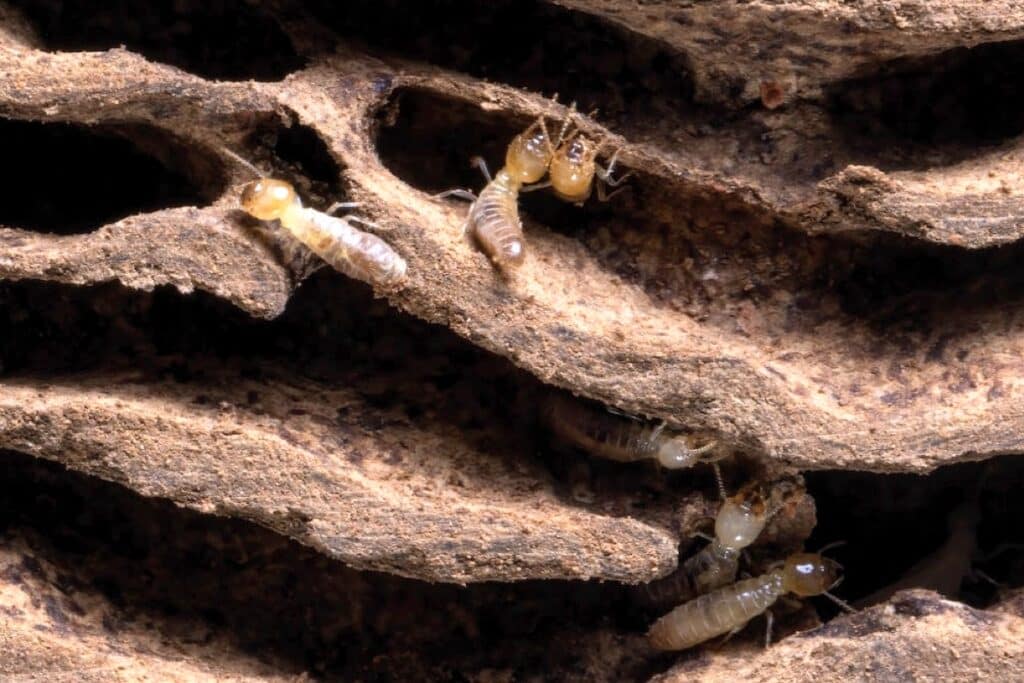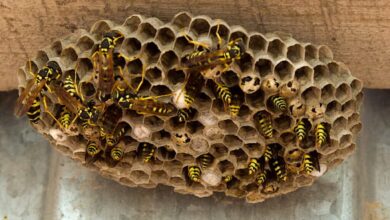
Termites’ love of heat may be accelerating global warming
(ORDO NEWS) — For the first time, biologists have assessed the intensity of termite utilization of dead wood at different temperatures and humidity.
It turned out that in tropical climates, it occurs many times faster, accelerating the release of carbon and making an additional contribution to global warming.
Wood is made up of organic polymers - lignin and cellulose. As the plant grows, it synthesizes them by capturing carbon dioxide and removing carbon from the atmosphere.
After the death of the organism, some of the carbon is buried, but most of it is released again. Some bacteria and fungi have learned to digest complex wood polymers, returning the carbon accumulated in them to circulation.
This work is also carried out by termites, which grind wood and “feed” it to symbiotic fungi, growing them for their own food. As such, termites play a significant role in the biosphere, especially in tropical and subtropical ecosystems.
As the Earth’s climate changes, their role may change. For microbes, this figure is already known: when the temperature rises by ten degrees Celsius, they decompose wood about twice as actively. Now similar work has been done for termites.
An international team of scientists conducted field experiments by placing wood samples in their natural environment.
They were in boxes with holes: in some of the samples, the holes were suitable for the penetration of termites, in the other they were too small. Every six months, biologists estimated the amount of wood destroyed and compared the samples with each other.
Those that could be penetrated by termites decomposed faster, and this difference made it possible to assess their contribution to the process.
With the support of over a hundred colleagues from different countries, such experiments were carried out in more than 130 locations on all continents (except Antarctica), in completely different conditions.
Experiments have shown that the rate of wood utilization by termites increases by about seven times for every ten degrees Celsius. In addition, low or moderate humidity contributes to this.
For example , near Australian Darwin, with its tropical climate, termites utilized wood ten times faster than in Tasmania, where the climate is temperate. And in the arid desert of South Africa - five times faster than in the humid jungles of Puerto Rico.
Scientists compared the data obtained with the results of climate modeling. In the end, it turned out that termites are one of those who only benefit from global warming. The authors of the study predict that in the coming decades, as temperatures continue to rise, regions of high termite activity will expand.
This will speed up the processing of dead wood and release additional volumes of carbon dioxide into the atmosphere. Which, in turn, will increase the greenhouse effect and further increase the temperature.
—
Online:
Contact us: [email protected]
Our Standards, Terms of Use: Standard Terms And Conditions.









